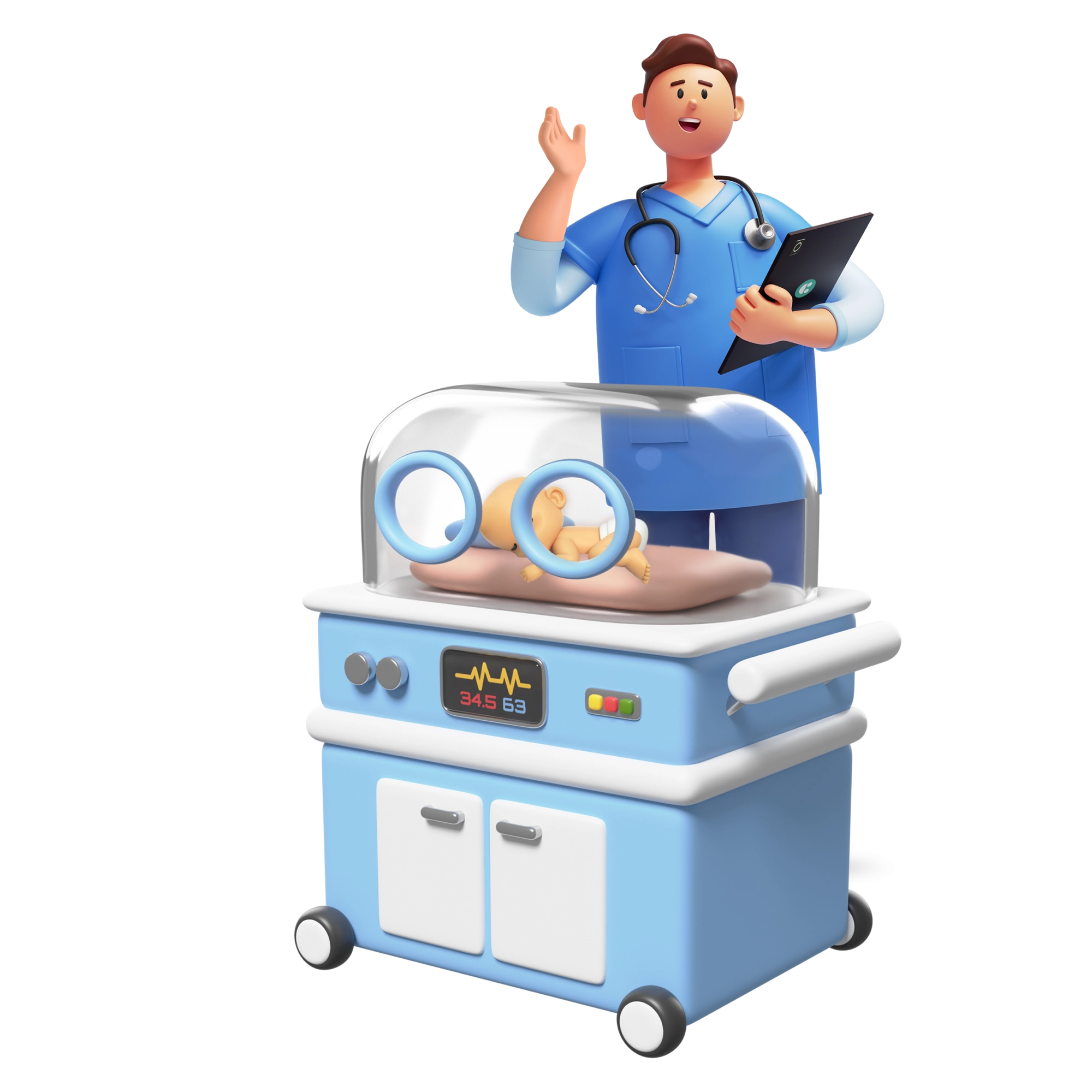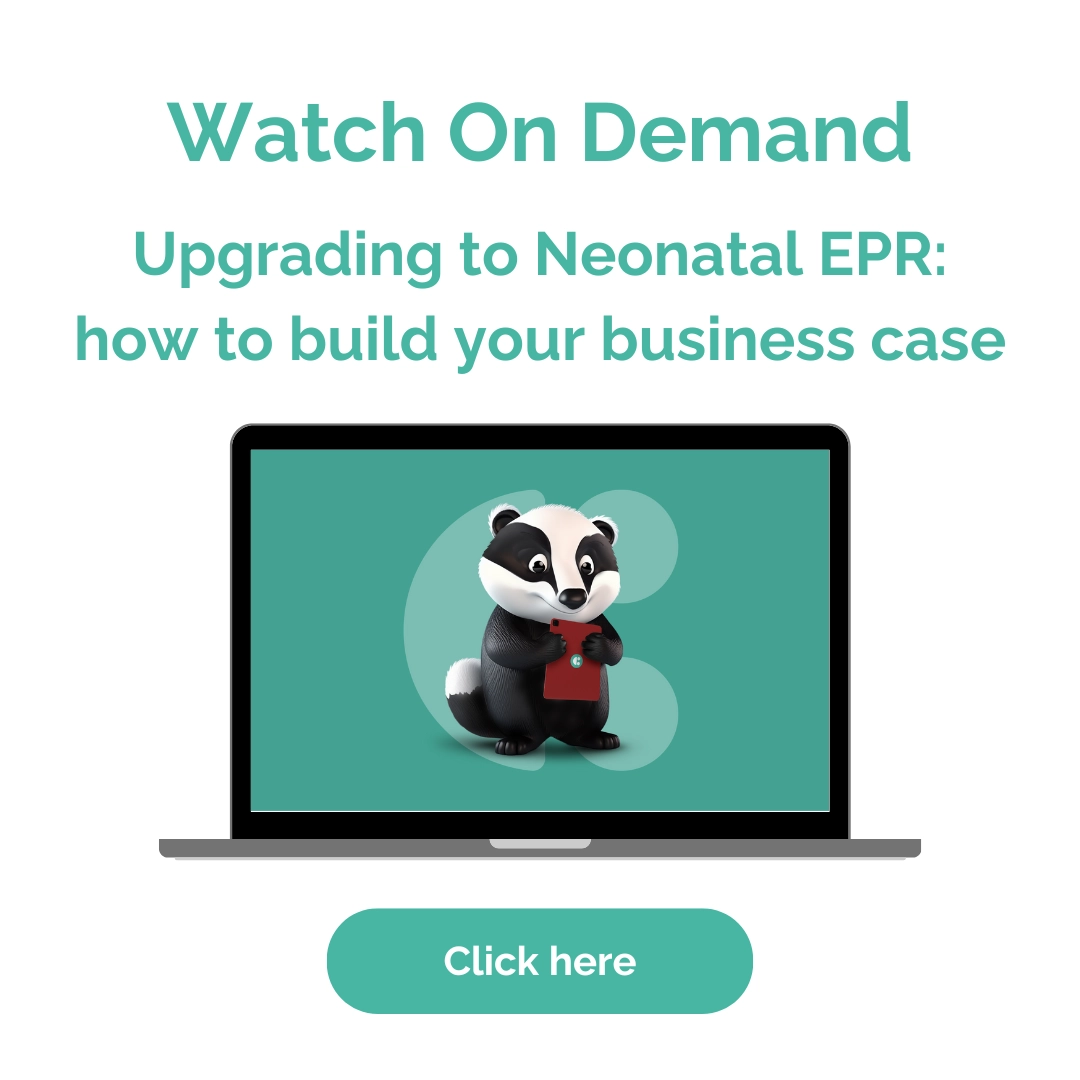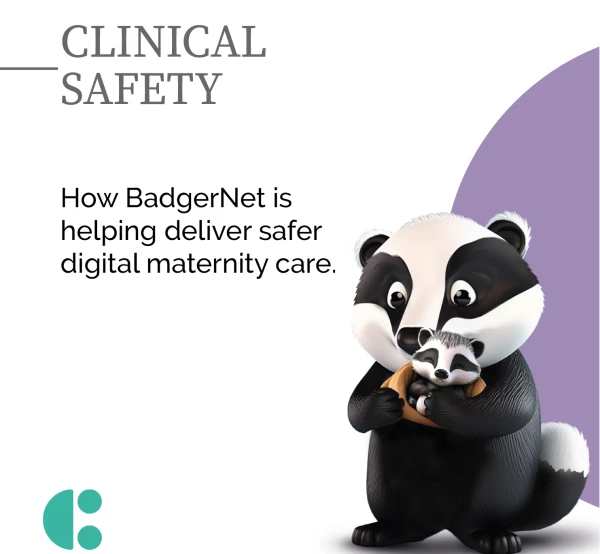What's The Difference Between BadgerNet Neonatal EPR and Summary?
11th April 2024
As healthcare rapidly evolves, the need for efficient and accurate data management systems becomes ever-more apparent. The rise of technology within healthcare has revolutionised the way patient data is collected, stored, and used, leading to streamlined operational workflows and improved patient outcomes. However, wider hospital Electronic Patient Record (EPR) systems often do not fulfil the needs of neonatal units due to unit specialty. BadgerNet Neonatal EPR is specifically designed for NHS neonatal units and has all the features required by clinicians. This blog presents an overview of our BadgerNet Neonatal EPR and how it’s a valuable additional asset to your unit.
BadgerNet Neonatal EPR: Widespread Adoption in The UK
BadgerNet Neonatal is used in some form, whether the entry-level Summary version or the more comprehensive EPR version, by 99.5% of neonatal units across the UK. Neonatal EPR is currently in use at 34 different units and is essentially an upgrade of the Summary system, meeting 97% of the essential requirements listed in the British Association of Perinatal Medicine’s (BAPM) Neonatal Electronic Health Record report. The upcoming release which implements NEWTT2 will allow 100% of the essential requirements to be met.
As well as offering more functionality, including features that can enable units to operate as paper-light, for example by replacing paper charts, the EPR system also provides a continuous patient record, helping to bring together a collection of different care episodes such as the BadgerNet Clinical Summary system, EPR sites, transport sites, and paediatric intensive care units (PICUs). This means that wherever or whenever the neonate moves during their care, a full record can be accessed by authorised healthcare professionals.
The Key Features of BadgerNet Neonatal EPR System
The BadgerNet Neonatal EPR system offers a plethora of distinctive features that make it a very valuable tool in any neonatal setting:
- Nurse Care Plans
- Clinical and Specialist Reviews
- Observation and Fluids Charting
- Checklists
Interfacing and Charting
Neonatal EPR can interface with your existing Patient Administration System (PAS), and the wider hospital EPR. Neonatal EPR can also facilitate electronic document transfer, so discharge letters can be transferred instantaneously into the PAS or the hospital wide EPR.
Neonatal EPR can interface with lab reports like biochemistry, haematology and blood gas levels which can be used to create a bilirubin chart. This chart can be accessed both on a computer and the iPad, giving physicians access to the most recent results and charts at any time.
The system also allows for the recording of medications, which can be manually entered and updated from fluid docking stations. In addition, Neonatal EPR can automatically record data from interfaced devices like fluid pumps, ventilators, and primary patient monitors, adding levels into the charting function. The BadgerNet app allows nurses to input data, check charts and write any further notes needed at the cot side, ending the need for paper notes.
BadgerNet Neonatal EPR is customisable and allows data sets to be changed displaying only the most relevant information for the user, avoiding confusion between clinicians/carers and can streamline care.
Nurse Plan and Checklists
Neonatal EPR provides nurse care plans which gives nurses access to the correct procedures and guidelines for them to refer back to when catering for specific patient needs. In addition to the extensive nurse care plan, there is a more concise handover summary which is used allowing handovers to be completed correctly and on time. This has proven to be popular with nurses at South Tees University Hospitals Trust, as was mentioned on the webinar.
BadgerNet Neonatal EPR has checklists available for the team to use allowing a procedure to be followed when a baby is admitted, transported or for bereavement. These checklists are completely customisable to the unit, allowing Neonatal EPR to fit in with hospital and unit guidelines. The BadgerNet EPR also includes a comprehensive task management feature, which allows medical and nursing staff to assign and track tasks.
Scoring
In addition to these features, BadgerNet Neonatal EPR offers a range of scoring options, allowing clinicians to track patient progress and adjust treatment plans as necessary. These scoring systems are specific to neonates and the unit can select the scores that apply to them.
User Testimonial
Dr. Prakash Loganathan, Neonatal Consultant at South Tees Hospital Foundation Trust shared his experience with BadgerNet Neonatal EPR during the upgrading to Neonatal EPR webinar.
Some of the key benefits which he mentioned included:
- Clinicians’ notes can be clearly read and understood.
- Alert System.
- Customisable checklists for admission, Discharge and Transfer.
- Smart search.
- Clear, detailed overview.
To find out more about South Tees Hospitals Foundation Trust’s experience on implementation as well as their journey watch the Neonatal EPR webinar on demand.
Next Steps
For more information, explore our BadgerNet Solution to see how it can benefit your neonatal unit.
Browse through our extensive collection of blogs for the latest updates, insights and best practices in neonatal care technology
If you have any questions or need further assistance, please don’t hesitate to reach out to our team. We’re here to help and look forward to supporting your needs.
Contact Us




